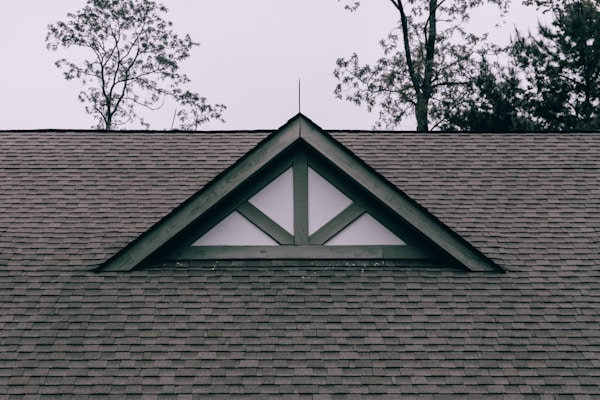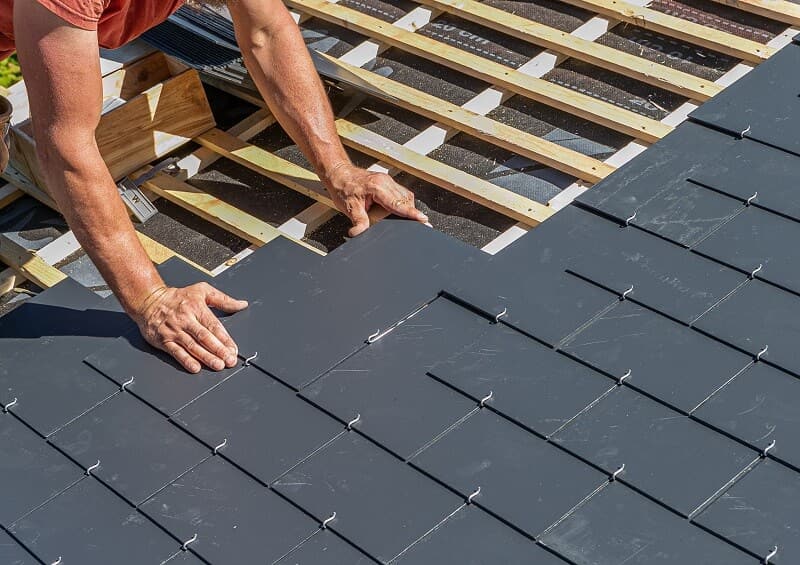
How to Choose Right Roofing Material for Different Climates?
When it comes to protecting your home from the constantly changing effects of weather, one of the most important considerations is finding the right type of roofing material.
Since different climates can have a significant impact on how long your roof will last and how much protection it provides, understanding which materials are suitable for specific climates is essential when you’re considering any kind of home improvement.
We’ll explore different types of roofing materials and explain what would work best in cold, hot or dry climates so that you can make more informed decisions about which roofing system is best suited to your needs.
Table of Contents
Why Material Matters:
Since climates vary, so must the material of your roof. In areas that experience extreme temperatures and high winds, such as the Midwest and Southeast, metal roofs are a good choice for their durability.
If you’re thinking about replacing or installing a new metal roof but are unsure of what would be ideal for your neighborhood and home, it would be useful to consult with professionals like those at APEX Roofing to help you make a better decision.
For those who live in wetter climates, such as the Pacific Northwest, asphalt shingles are a great option to guard against water damage.
Price Matters Too:
The price of roofing materials can range from quite affordable to very expensive depending on the type of material chosen.
However, if long-term savings is important to you, then higher quality materials may be worth considering even though they require a larger initial investment.
The cheapest roofing material UK is detailed in the linked post, so definitely read that blog post if you want to know more
Installation Considerations:
The type of material used also affects the installation process. It’s important to choose the right type of material based on your region’s climate.
Paying attention to these factors can help ensure that your roof lasts for many years to come. By researching the different types of materials available, and consulting with a professional roofer if necessary, you can make an informed decision on which type is best for your home.
Once you have chosen the right material with good quality properly, you can rest assured knowing that you will have a quality roof for years to come.
Here are some tips on how to choose the right roofing material for your home.
Hot and Dry Climates:
In hot and dry climates, it is essential to have a roofing material that is highly reflective in order to minimize cooling costs and reduce the risk of heat damage on your home.
Materials such as metal, clay tile and synthetic slate offer high levels of reflectivity.
Humid and Wet Climates:
In humid climates, it is important to choose a roofing material that will resist moisture buildup.
Waterproof materials like shingles, wood shakes, slate tiles and concrete tiles are all good options for this type of climate.
These materials also offer excellent durability against heavy rain and snowfall.
Harsh Weather Conditions:
If you live in an area with extreme weather conditions such as strong winds or hail storms, it is essential to choose a roofing material that is resistant to these weather conditions.
Metal roofing, asphalt and synthetic slate are good options for this type of climate since they offer superior protection against high winds and hail.
Cold and Snowy Climates:
Cold and snowy climates are usually characterized by cold weather during the winter months, as well as heavy snowfall. These types of climates can be found in areas that have high elevations, such as mountains or even farther north in temperate regions.
In some cases, cold and snowy climates may have temperatures that drop below zero degrees Celsius for several months or even the entire year. It is essential to choose roofing materials that can withstand the weight of snow and ice. The ideal roofing materials for such climates are those that are durable and have a high insulation value.
Windy Climates:
In areas that experience strong winds, it is essential to choose roofing materials that can withstand the high-velocity winds. Special adhesives and fasteners should also be used to ensure the durability of the roofing system.
Stoney and clay tiles are good options for windy climates, as they are heavy and can resist wind uplift.
Coastal Climates:
In coastal areas, it is essential to choose roofing materials that can withstand the constant exposure to salt in the air, as well as other elements such as wind, rain and humidity.
These conditions require that roofing materials should be resistant to rust and corrosion, while being able to keep out moisture.
Good options include copper, zinc, stainless steel or aluminum alloys. Since these materials are also more expensive than other materials, it is important to choose a roofer that has experience working with coastal climates.
Prone to Wildfires:
Fire-resistant shingles and other materials are an important part of protecting your home from wildfire damage. Investing in fire-resistant roofing materials can help prevent embers from getting inside your house, and potentially sparking a fire.
When selecting a roofing material for your home, it’s important to consider the flammability rating of the material, as well as its fire retardant properties.
Prone to Earthquakes:
When looking to build a home or building in an area prone to earthquakes, it is important to consider the type of roofing material used.
Asphalt and shingles can prove inadequate in areas with consistent seismic activity due to their inability to absorb shocks. Instead, opt for clay tile roofing which has been proven more resistant during earthquakes.
Conclusion:
When it comes to choosing the right roofing material for a particular area, there is no one-size-fits-all solution. Climate conditions, budget constraints and personal style should all be taken into consideration before making a final decision.
By understanding the different climate types and their respective requirements, homeowners can make an informed selection that will meet their needs and ensure a long-lasting roof. With the right knowledge, expertise and materials, you can have a roof that will withstand the test of time and weather conditions.
In conclusion, it is essential to understand the local climate conditions when selecting a roofing material. Different climates have different requirements which can be met by choosing the right materials and experienced roofers.




